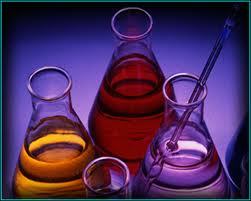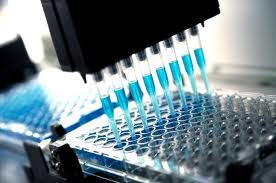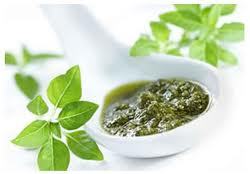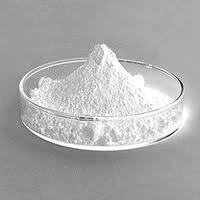Chitosan Powder
Product Details:
- Ph Level 6.5
- Molecular Weight 161.16 Grams (g)
- Storage Room Temperature
- Shelf Life 5 Years
- Taste Odorless
- Boiling point 115.5 C
- Molecular Formula (C6H11NO4)n
- Click to View more
Chitosan Powder Price And Quantity
- 7500.00 - 8000.00 INR/Kilograms
- 8000 INR/Kilograms
- 25 Kilometer
Chitosan Powder Product Specifications
- 0.2350 m
- Powder
- (C6H11NO4)n
- 88C
- (1,4)-2-Amino-2-desoxy- beta-D-glucan
- insoluble in water and organic solvent
- 618-480-0
- No Smell
- 78%
- 39139090
- 9012-76-4
- Medicine Grade
- 115.5 C
- Odorless
- Pharmaceutical Intermediates
- (C6H11NO4)n
- Chitosan is used for high blood pressure, high cholesterol, obesity, wound healing, and other conditions, but there is little scientific evidence to support many of its uses. In pharmaceutical manufacturing, chitosan is used as a filler in tablets, to improve the way certain drugs dissolve, and to mask bitter tastes
- 6.5
- Chitosan
- 161.16 Grams (g)
- Room Temperature
- 5 Years
Chitosan Powder Trade Information
- Mumbai
- Letter of Credit (L/C) Letter of Credit at Sight (Sight L/C) Cash in Advance (CID) Cash Advance (CA)
- 25 Kilometer Per Day
- 7 Days
- Yes
- Free samples are available
- Drum pack
- Australia North America South America Eastern Europe Western Europe Middle East Africa Central America Asia
- All India
- GMP & ISO
Product Description
The pure and effective Chitosan is derived from chitin, the second most abundant polysaccharide, after cellulose. Chitosan is biocompatible, biodegradable, and nontoxic, making it suitable for medical applications including antimicrobials and wound healing matrices.
Technical Specifications: Â
- Appearance of solid productÂ
- Product: Chitosan Oligomer
- Â CAS: 9012-76-4Â
- Product No.: 44009,Â
- Storage conditions: < 25 oC dry and well closedÂ
- Shelf life: 36 monthsÂ
How does it work:
The doses of chitosan administered in clinical studies ranged widely. Studies evaluating weight loss typically use 2.4 grams/day. Study findings suggest that 1,500 mg/day of glucose control is effective in prediabetic patients.
Side effects:
When taken by mouth: The use of chitosan, when taken up to six months, is considered SAFE for most people. A mild stomach upset, constipation, or gas may occur after eating chitosan.
When applied to the skin: Short-term application of chitosan to the skin is possibly safe for most people. It can cause irritation, however.
Warnings and precautions while using this product:
Pregnancy and breast-feeding: The safety of chitosan during pregnancy or breastfeeding is unclear since there isn't enough reliable information. Avoid using it if you want to be on the safe side.
Shellfish allergy: Chitosan comes from the shell of shellfish. Chitosan is suspected to be an allergen for people with shellfish allergies. It is the meat, however, not the shell, that is allergenic to shellfish. Experts thus believe that shellfish allergy sufferers may be able to consume chitosan with no problem.Â

Price:
- 50
- 100
- 200
- 250
- 500
- 1000+










 : nilesh.sheth70
: nilesh.sheth70
